When you learn that your pet “needs a dental,” you likely have many questions. And there’s a good reason for that—while veterinary dentistry shares many similarities with human dentistry, the pet “dental” can have many definitions—and outcomes—depending on where the procedure is performed.
At Hearthstone Veterinary, we provide highly skilled veterinary dentistry that emphasizes safe anesthesia, pain management, and a stress-free experience for your pet. We’ll explain what a typical dental procedure looks like by answering your frequently asked questions about pet dentals.
Question: Why do pets need dental cleanings?
Hearthstone Veterinary (HV): Your dog or cat’s oral cavity is similar to your own. After every meal, lingering food debris adheres to the tooth surface and creates a bacteria breeding ground. Without brushing and flossing to disrupt the breeding, the bacteria multiply and become visible gingivitis and tartar. However, the worst damage—from bacteria below the gum line and attacking the tooth root and surrounding bone—remains unseen.
Untreated dental (i.e., periodontal) disease leads to painful tooth decay, broken teeth, infection, and inflammation, and can ultimately overwhelm the body with harmful bacteria. A veterinary dental cleaning is the only way to remove subgingival (i.e., below the gum line) bacteria, identify and remove damaged teeth, and restore your pet’s oral health and comfort.
Q: Why is anesthesia necessary for my pet’s dental cleaning?
HV: When you visit the dentist, you receive continual instructions that you can rationalize, and you realize that any discomfort is temporary and for your own good, despite the scary process. Dogs and cats can’t follow such verbal directions or stay reliably still, and would likely experience intense fear and anxiety, and may harm themselves or our team members. Absolute stillness is essential for accurate and safe pet dentistry, and the only way we can obtain clear dental X-rays, and perform the sometimes awkward and uncomfortable scaling, polishing, and surgical processes.
Q: How will you keep my pet safe under anesthesia?
HV: Although anesthesia always carries some risk, our team makes every effort to ensure your pet has a smooth, safe experience. This effort starts well before the dental procedure begins, with a pre-dental exam and pre-anesthetic blood work to ensure your pet is healthy enough to handle anesthetic medications.
On the big day, we follow a rigorous checklist of safety measures, including:
- Premedication — Prior to anesthesia, sedation and pain medication reduce preoperative anxiety, and allow us to place an intravenous (IV) catheter.
- Intravenous catheter — The IV catheter provides a secure, direct route for fluids and medication.
- Endotracheal tube — Placing an endotracheal tube secures your pet’s airway, ensuring adequate oxygen and anesthesia delivery, and preventing debris from entering their lungs.
- Monitoring — A veterinary technician and electronic monitoring equipment continually monitor your pet’s vital signs.
- Balanced anesthesia — Our anesthetic protocols provide steady sedation and pain relief, and create a synergistic effect that allows use of smaller doses and less inhalant anesthesia.
- Pain management — Pain is continuously assessed before, during, and after your pet’s procedure. If our veterinary technician notes any pain, they will alert the veterinarian, who will advise additional medication.
Q: How are my pet’s teeth cleaned?
HV: The cleaning portion of the dental procedure involves scaling every tooth’s surface to remove visible and invisible plaque and tartar. We use a specialized ultrasonic scaler that safely removes plaque below the gum line, and then polish each tooth to remove any microscopic grooves caused by the scaling process, to create a barrier against new plaque formation.
Q: How is dental disease that occurs below the gum line diagnosed in my pet?
HV: We use digital dental X-rays to visualize the entire tooth structure, including the crown, root, and surrounding bone. X-rays are invaluable for revealing early disease, cavities, fractures, abscesses (i.e., infection), bone loss, and oral cancer. If your pet requires tooth extraction, we repeat the X-ray afterward to ensure the entire tooth root has been removed.
After X-rays, our veterinarian conducts a complete oral health exam by carefully probing around each tooth for periodontal pockets that suggest decay. Every tooth is measured and recorded in your pet’s dental chart, as well as any other oral abnormalities, such as oral masses, gingivitis, draining tracts, upper airway irregularities, or missing teeth.
Q: I don’t want my pet’s teeth removed—can you do a root canal?
NV: While we can refer your pet to a veterinary dentist for advanced care, extraction is often the most economical and practical treatment for damaged teeth. If the tooth is salvageable, our veterinarian may opt for conservative treatment and close monitoring, and will recommend a follow-up dental in six months.
Q: Can my pet eat without teeth?
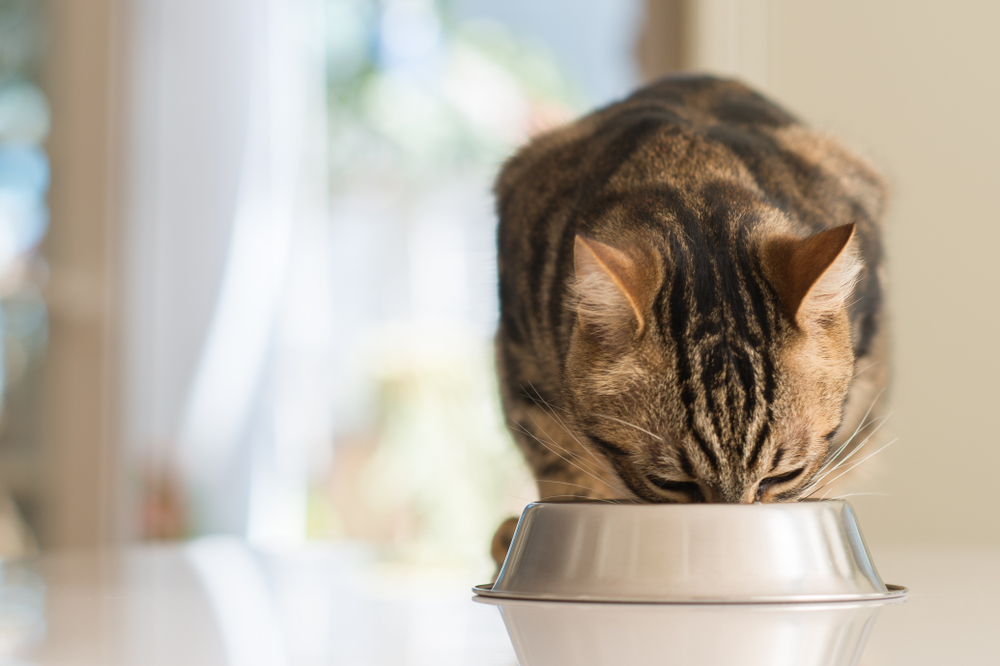
NV: Dogs and cats adapt and cope extremely well with tooth loss, including multiple extractions. Because pets with dental disease have often been living with continuous pain, owners often report a happier, more playful pet after the offending tooth or teeth are removed.
That said, pets with dental extractions must eat only soft food until the excision sites have healed. At your pet’s dental discharge appointment, we’ll review specific home care instructions, and schedule a recheck appointment in 7 to 10 days.
Q: How often should my pet’s teeth be cleaned?
NV: We recommend annual dental cleanings to prevent or slow dental disease and monitor tooth root health. As part of your pet’s yearly wellness appointment, we’ll examine their teeth and make specific recommendations. If we recommend a professional cleaning, you can feel confident that your pet is in capable, compassionate hands at Hearthstone Veterinary.
If your pet has bad breath, visible tartar, or gingivitis, contact us to schedule a dental consultation.


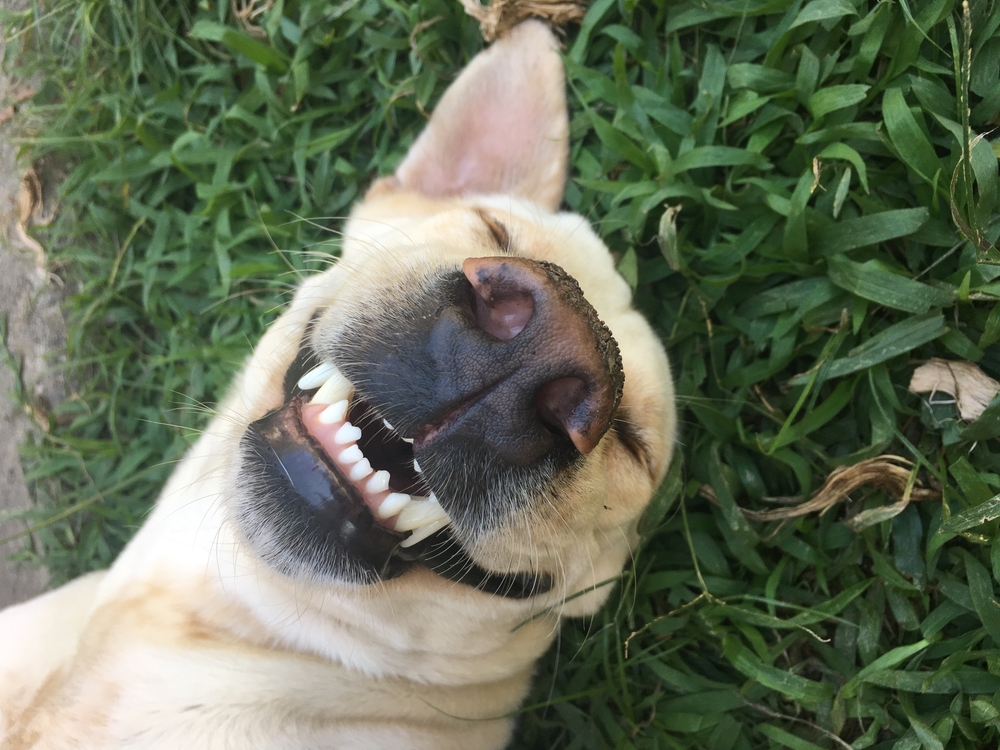
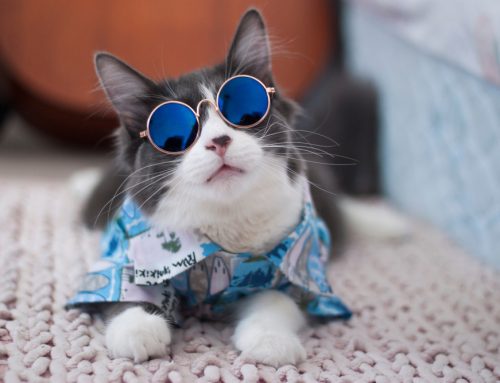
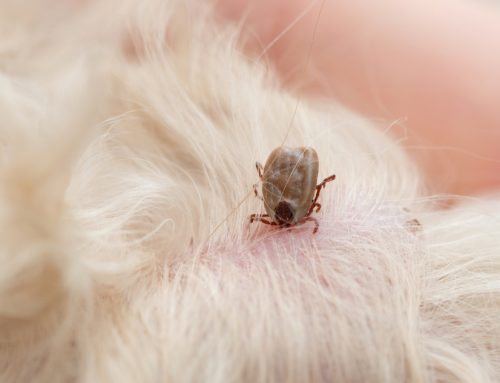

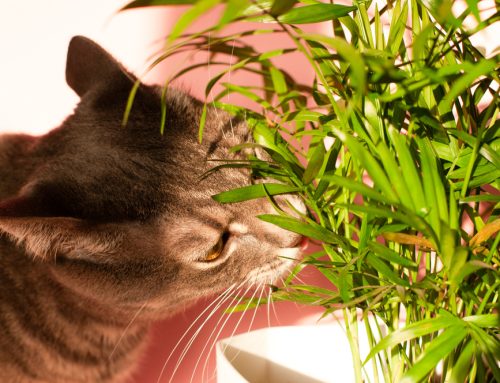
Leave A Comment